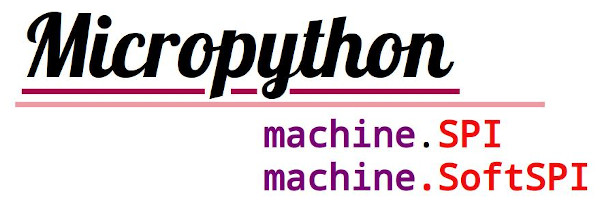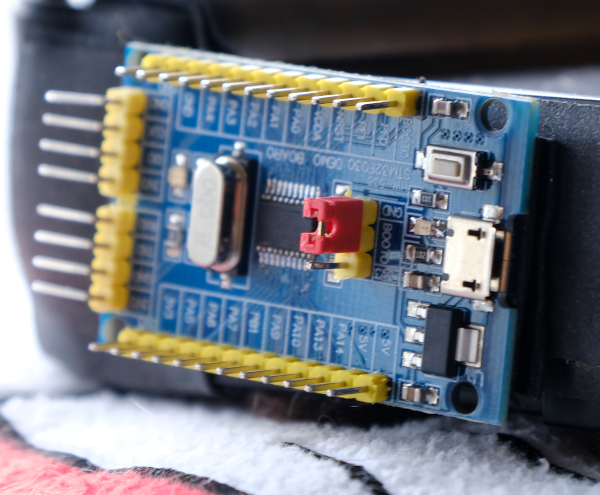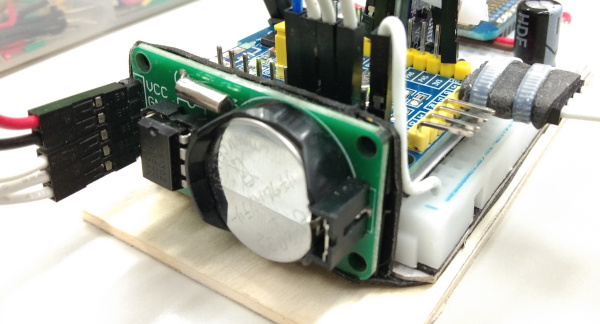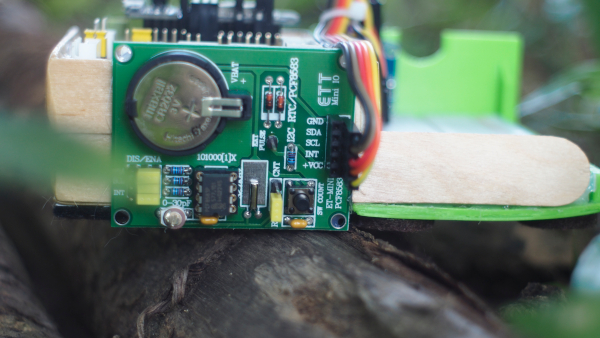[TH] How to build MicroPython for esp32-C3.
บทความนี้กล่าวถึงการคอมไพล์ (build) และใช้งาน MicroPython สำหรับไมโครคอนโทรลเลอร์ esp32-C3 ที่ได้เคยแนะนำไปแล้ว โดยขั้นตอนยังเหมือนกับการคอมไพล์สำหรับ esp32-s2 นอกจากนี้ทีมงานได้ดำเนินการแก้ไขปัญหาเรื่องของ RS232-to-USB จากที่บอร์ดใช้ CH340 ไปต่อขาภายนอกโดยใช้ CP2102 แทน และต่อโมดูลแสดงผลด้วย OLED ดังภาพที่ 1









